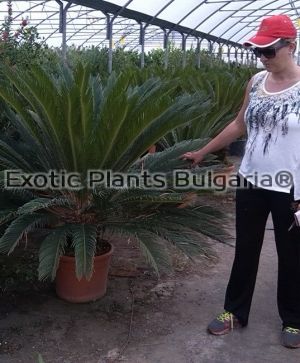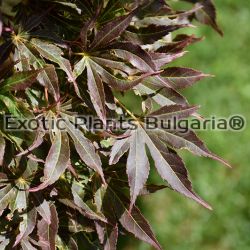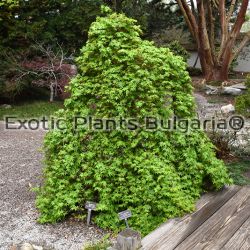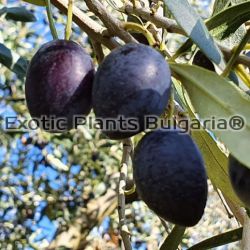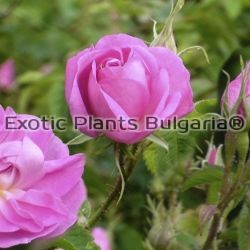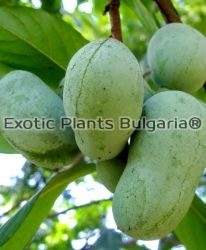Sago Palm, Cycas revoluta big tree
|
Cycas revoluta (Sago Palm), with multiple "clumps". |
Introduction
The Sago Palm has become a very popular landscape item and is the most common cycad used in landscape today. But most people don’t realize that it is not a palm at all. Rather this plant is a Cycad, a totally different type of plant. There are over 200 different types of cycads. Cycads are a group of plants that are very primitive in their origins. Fossils have been found on almost every continent on the planet. It is often stated that cycads have evolved little since the days of the dinosaurs. There are species that have gone extinct, while there are others that seemed to show little evolution over millions of years. Therefore as a group, cycads are often referred to as “living fossils”. The scientific name for the Sago Palm is Cycas revoluta. Cycas refers to the genus, the genus refers to a particular group of similar plants in the Cycad family and revoluta further describes the exact species of the group Cycas. The latter was given to this species because of the revolute (to curl back) nature of the leaflets; the edges roll under the leaflet. Many people misspell the name of this cycad as Cycas revoluta or Cica revoluta. The genus is "Cycas".
The Sago Palm is the most propagated and sold cycad in the world. It is seen in almost all botanical gardens, in temperate and tropical locations and in many areas of the world it is heavily promoted commercially as a landscape plant. Unfortunately, its common name "Sago Palm" has obscured the fact that it is actually a cycad. Other names for this species include the sago palm tree, the king sago, and, because of unfamiliarity with it, the palm cycad.






